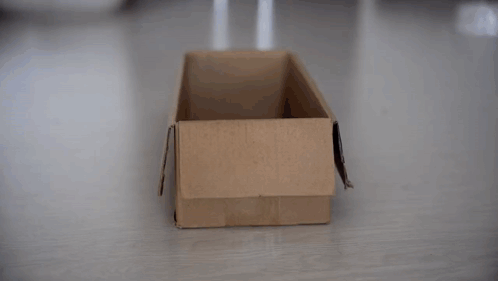English

Image's Source - Fuente de la Imagen
Greetings to the Hive DIY community, wishing you are in the best situation you can be in. And if life is putting you in entertaining situations, I wish you the best possible spirit so that you can move forward.
On this occasion, I share with you one of my recycling jobs, in which I dedicate time to an old Compaq brand CRT monitor that I recovered from waste. I'm going to use the materials I get from him for various things I need to build.
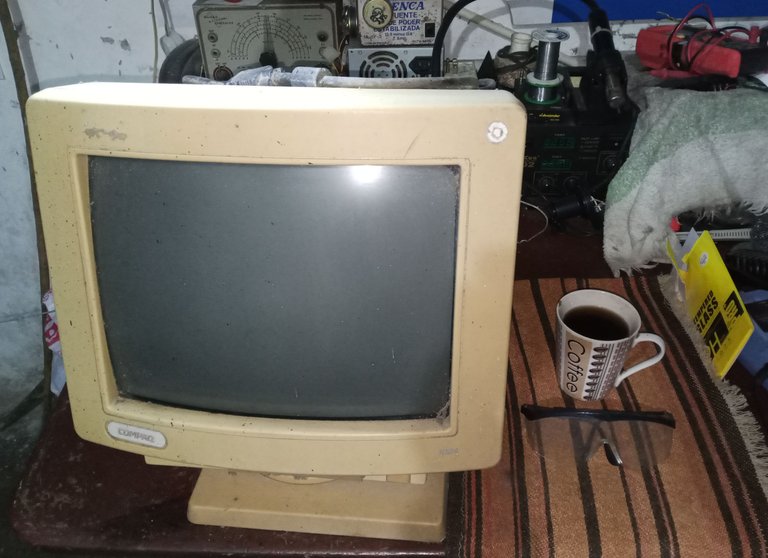
If possible, I would ask that if you are not trained in working on electronic equipment: please do not try to manipulate this type of monitor, poor manipulation can end up causing serious injuries.
Removing the plastic covers is relatively simple, you just have to remove the screws and if they have plastic pressure tab joints, remove them using a screwdriver or a spatula.
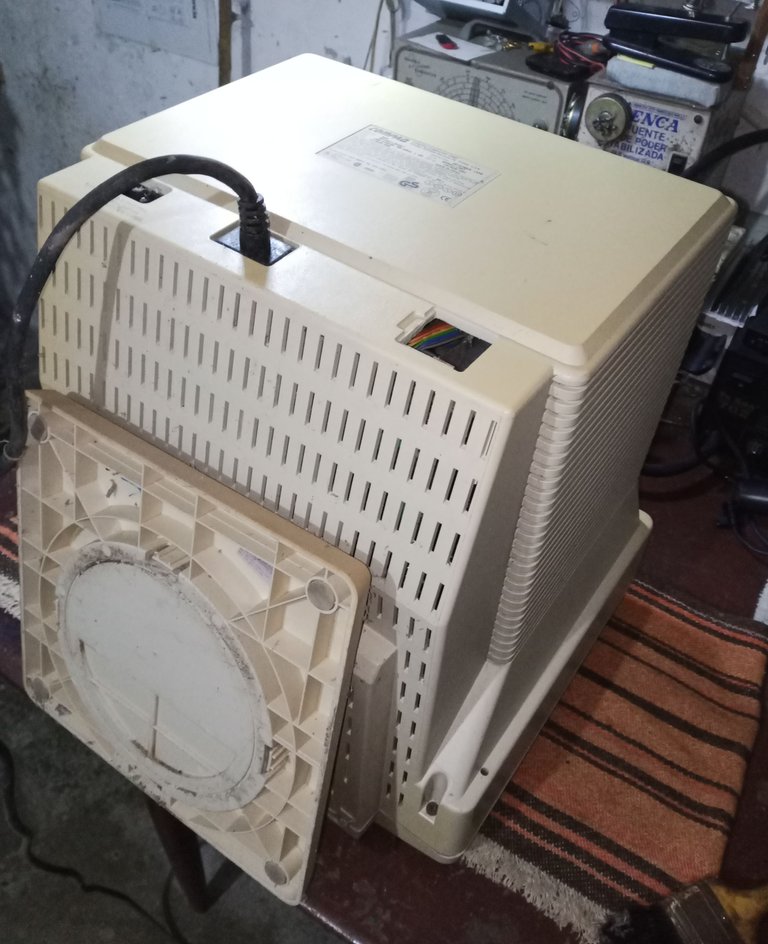
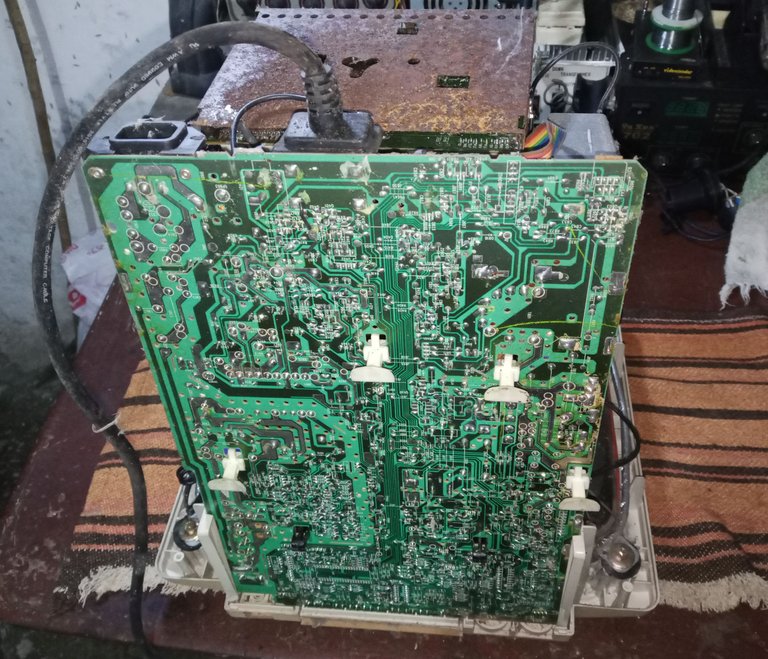
It is a good amount of components that will be very useful for workshop work, for making tools or some new invention.
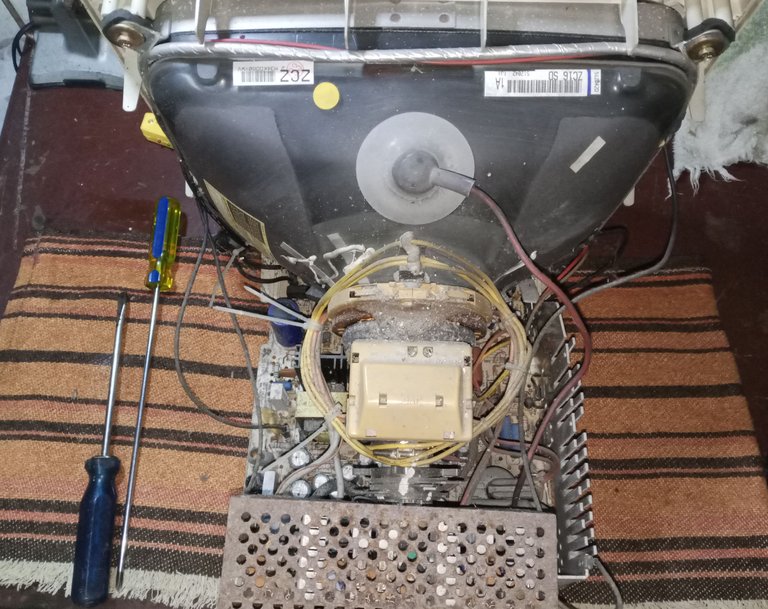
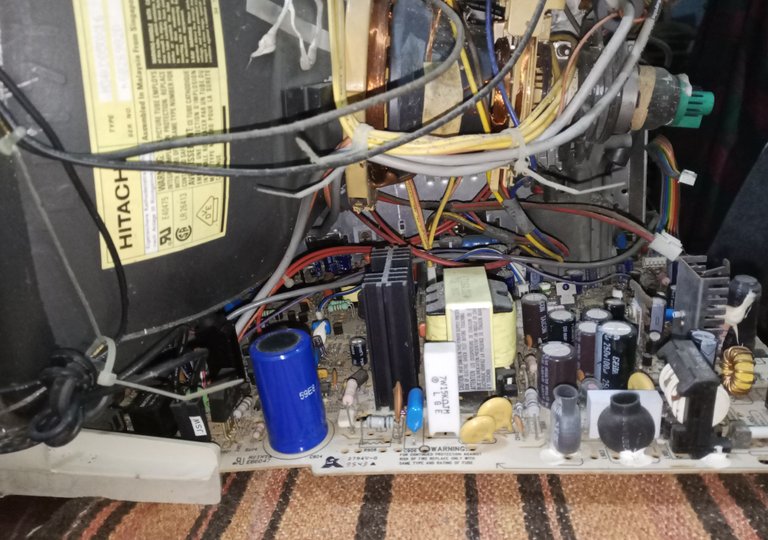
Of course, there are components such as electrolytic capacitors, which should not be recycled, since they have a limited lifespan. As they say, they have an expiration date, and although you can use them in test repairs, final repairs cannot be guaranteed if you use used electrolytic capacitors. (I marked them in green circles)
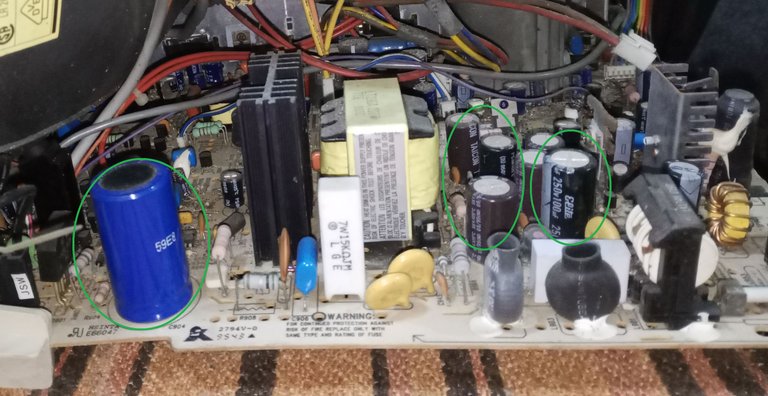
One of the most delicate and careful steps when handling this type of monitor is to ground the high voltage connector of the high voltage transformer (also called Fly Back).
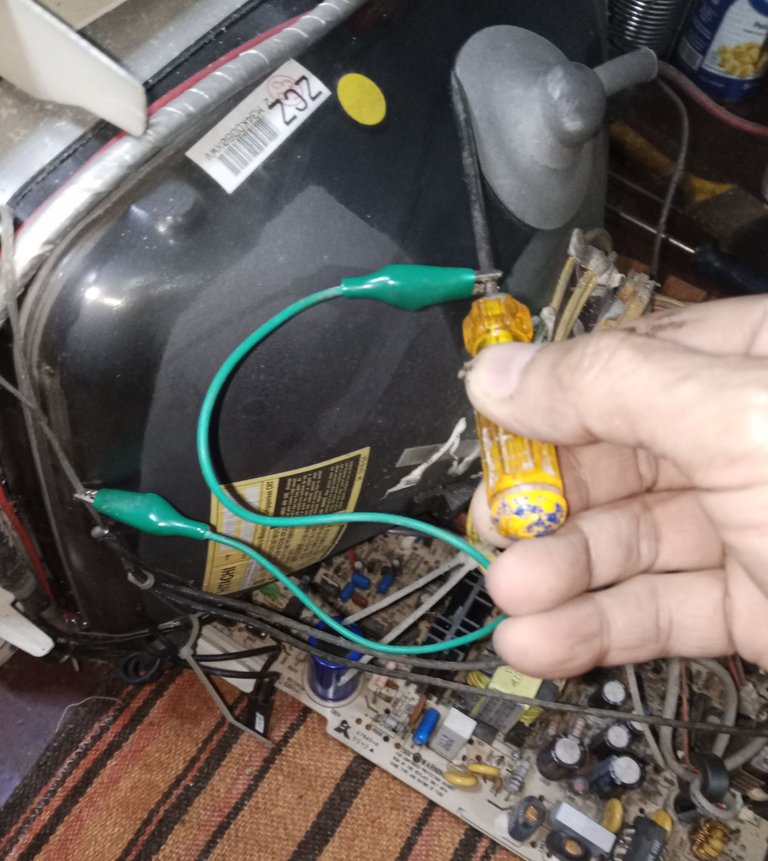
I use a screwdriver wired to the monitor's ground shield.
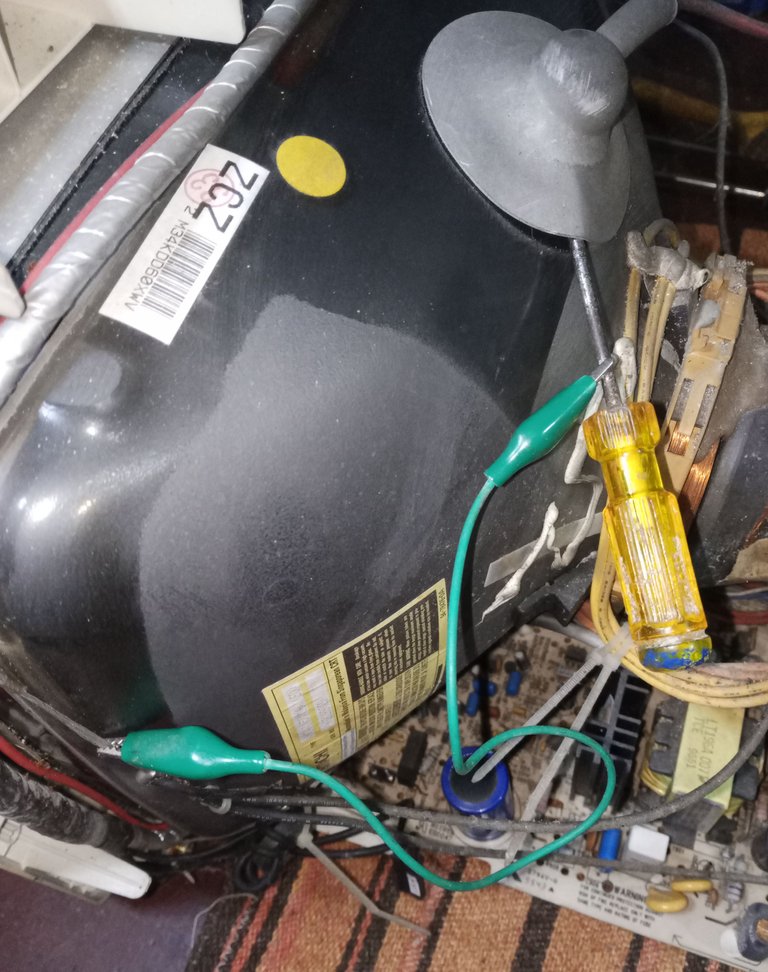
I place the screwdriver until I reach the terminal of the suction cup and leave it there for a couple of minutes. The monitor may still be charged after spending time without power supply.
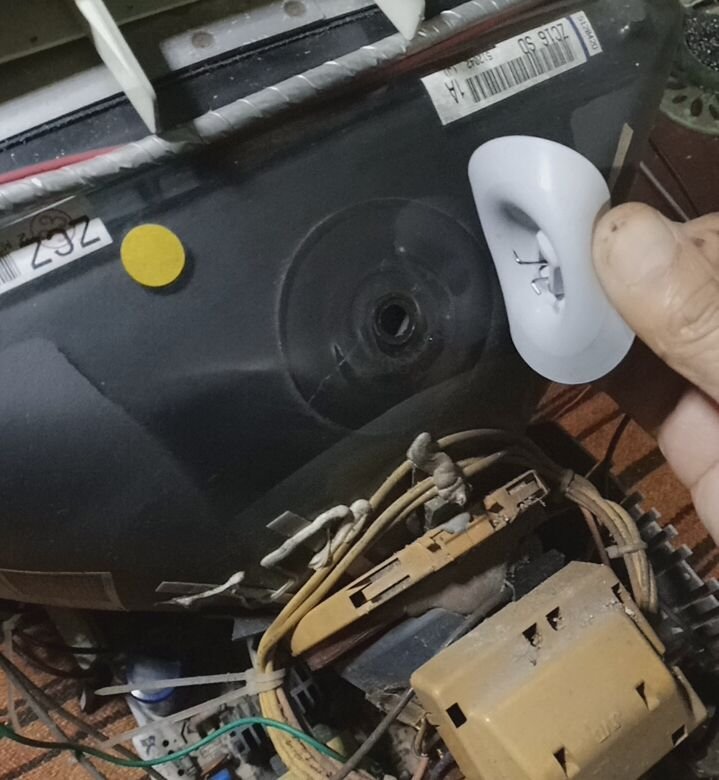
It is very important that the screen is discharged, by correctly trained people, for every inch of the monitor measured diagonally (12", 13", 20") the working voltage adds up to about 1000 Volts, if it is a monitor 8” has an approximate voltage of about 8000 Volts.
It is for this reason that electronic equipment should not be handled without receiving correct electronics training. Avoid accidents.
We recover the plastic clamps that are on the cables, it is very simple, in reality, we use a very small and thin screwdriver or a tool that does the same. In my case I have a broken dentist's tool that is quite practical for me.
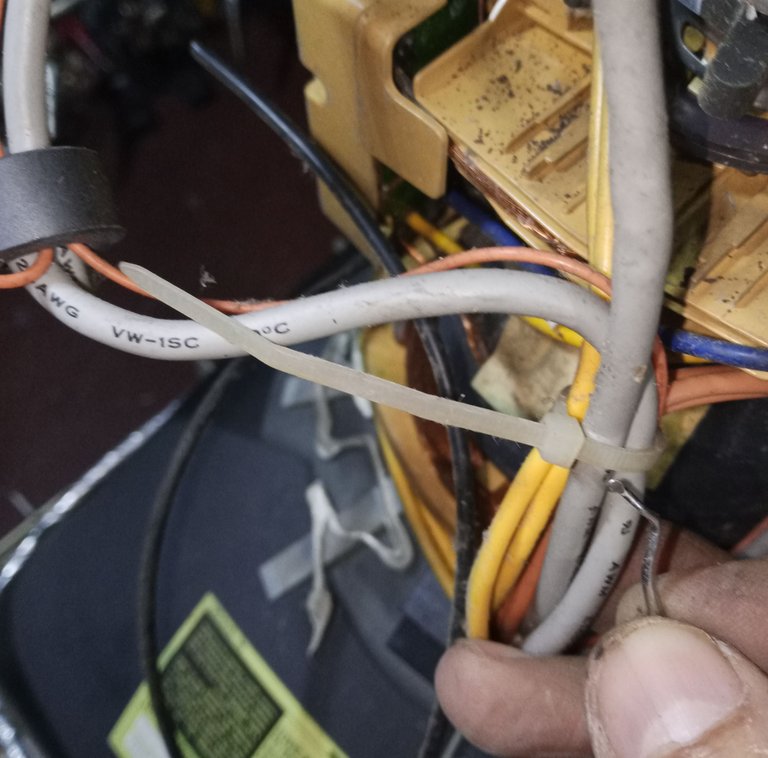
I slide the tool in, right where the slots come into contact with the teeth of the clamp, by separating them a little I can retrieve the plastic clamp for another use. It can be done many times if you are careful enough.
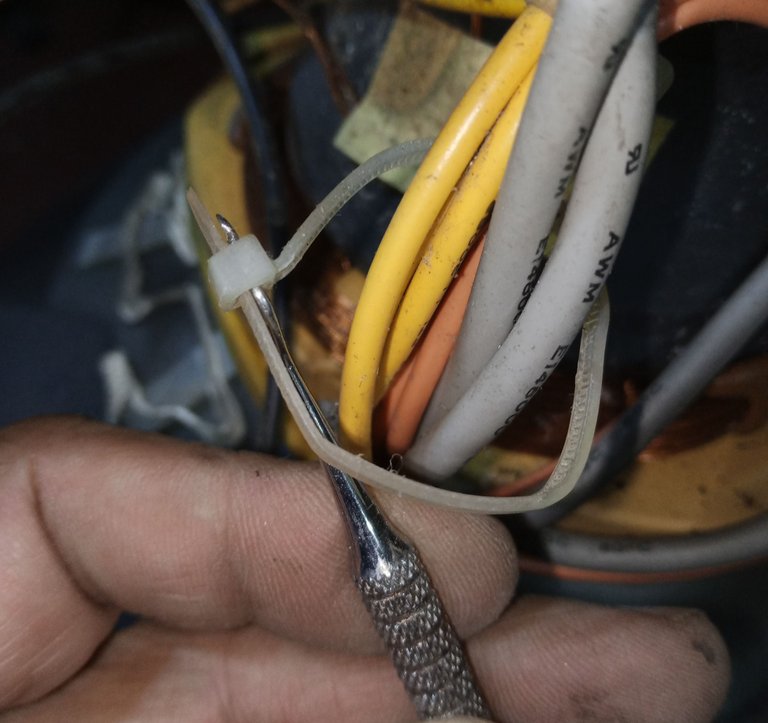
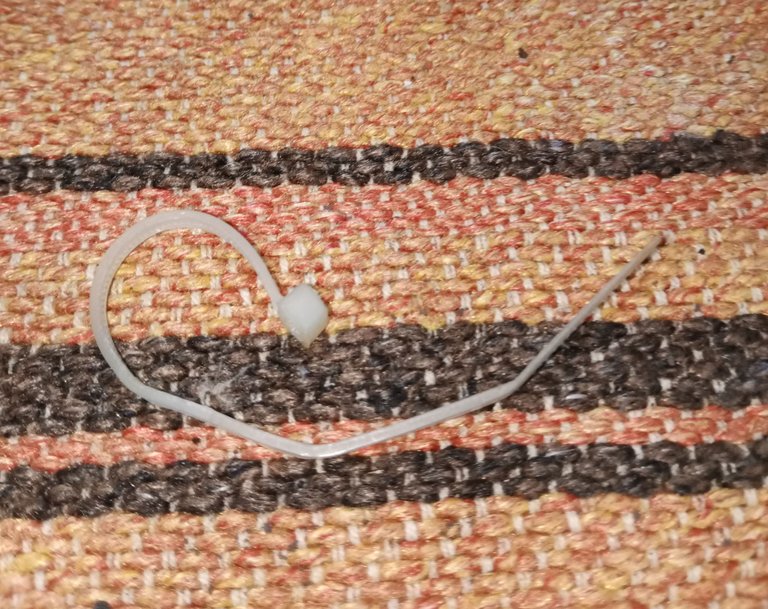
I store the screen in the warehouse, these screens cannot simply be placed in the trash, and at the moment the companies that recycle them are no longer working. At some point I will figure out how to arrange the screens appropriately.

Finally, I have the card free to recycle the components that can be used, after disassembling them you have to test them all. That's why in previous posts I've built several types of quick-use testers for components.
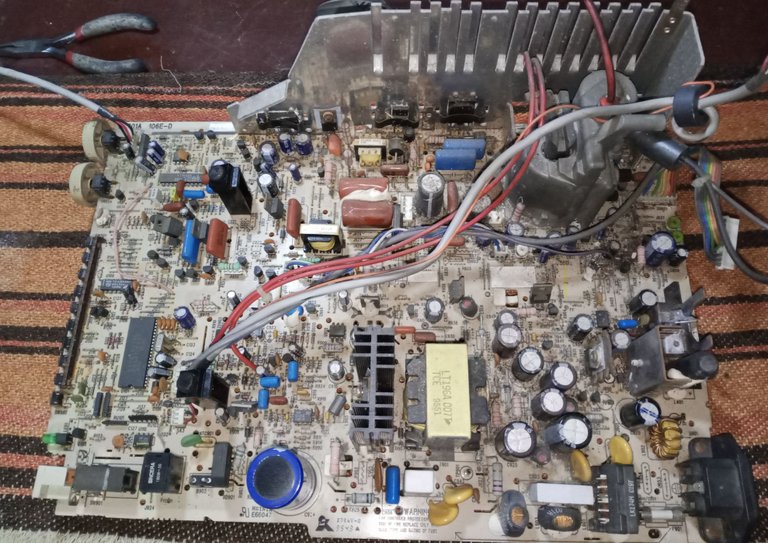
I had the plastic box from the monitor left and I'm going to use it to make a bed for the cat, which is something I've been thinking about, it just needs to be cleaned up a little.
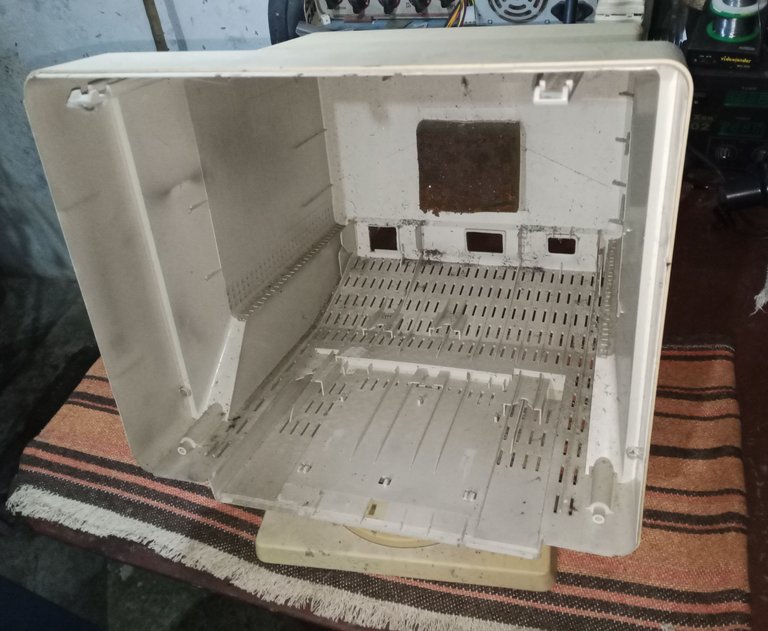
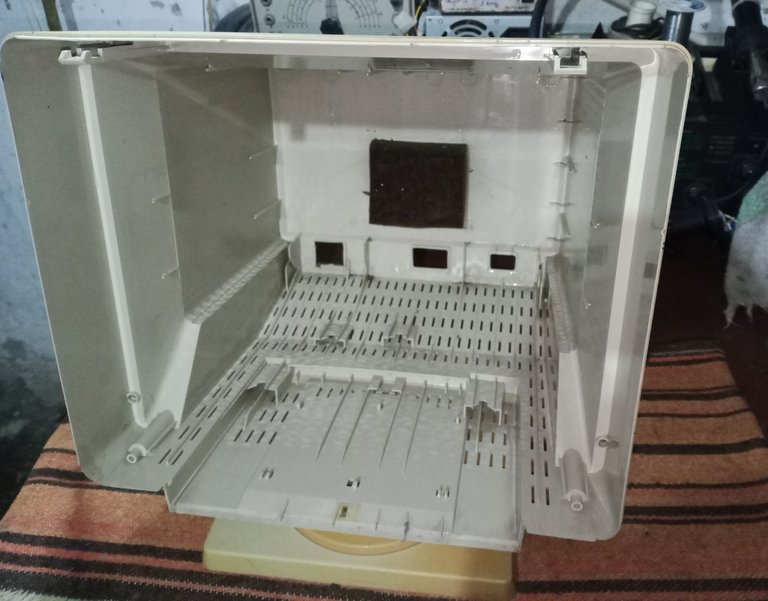
I don't have foam for the floor of the bed at the moment, so I used cardboard, rags and an old flannel to pad the bottom of the box, so that I can use it while I can make something better as a bed.
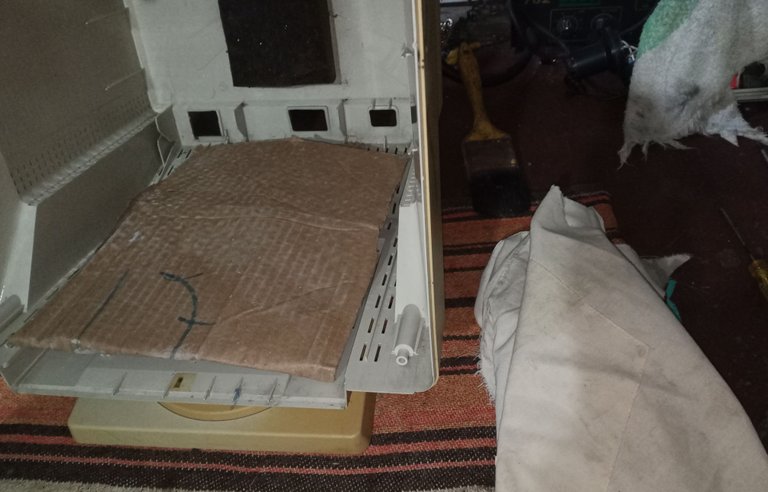
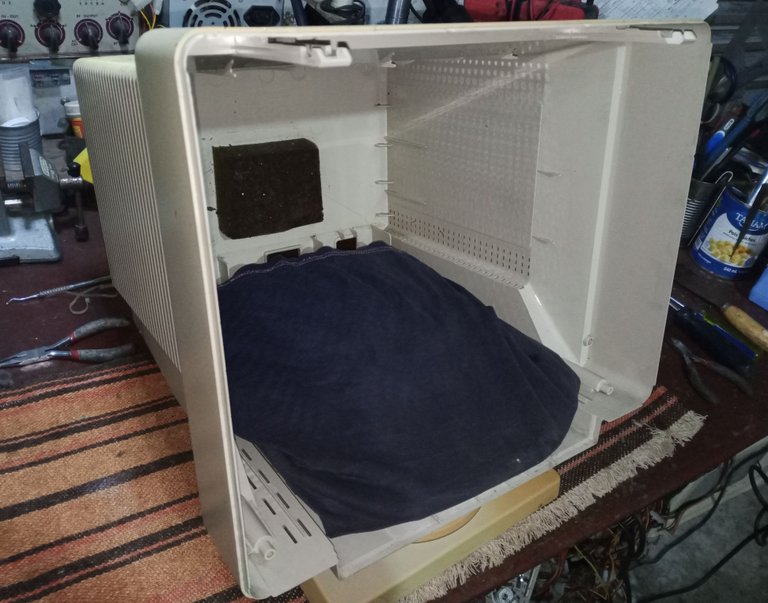
Well, I'm going to spend several days to recycle this card and then test the components.
I hope the cat likes the bed.
Thank you very much for stopping by and reading me.
Have an excellent week.
Peace.
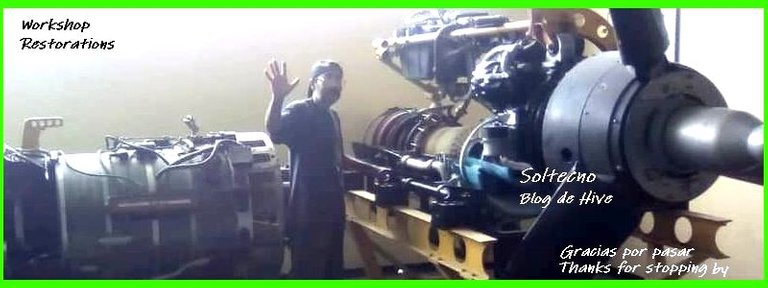
I have used Google translator for the English language.
Images unless noted are captures of work in the workshop.
Español

Image's Source - Fuente de la Imagen
Saludos a la comunidad de Hive DIY, deseando que estén en la mejor situación en que se pueda estar. Y si la vida les está poniendo en situaciones entretenidas, les deseo el mejor ánimo posible, para que logren salir adelante.
En esta ocasión, les comparto uno de mis trabajos de reciclaje, en que le dedico tiempo a un viejo monitor de TRC, marca Compaq que recupere de desecho. Voy a aprovechar los materiales que obtenga de él para varias cosas que necesito construir.

Si es posible les pediría que si no están capacitados en el tema del trabajo en equipos electrónicos: por favor no traten de manipular este tipo de monitor, una mala manipulación puede terminar ocasionando lesiones graves.
El retirar las cubiertas plásticas es relativamente sencillo, solo hay que quitar los tornillos y en el caso de que tengan juntas por pestañas plásticas a presión, apartarlas usando un destornillador o una espátula.


Es una buena cantidad de componentes que me serán muy útiles para el trabajo de taller, para hacer herramientas o algún nuevo invento.


Claro que hay componentes como los capacitores electrolíticos, que no deben reciclarse, ya que tienen un tiempo de duración límite. Como suele decirse, tienen fecha de vencimiento, y a pesar de que en las reparaciones de prueba si puedes llegar a usarlos, no pueden garantizarse las reparaciones finales, si te vales de capacitores electrolíticos usados. (los señalé en círculos verdes)

Uno de los pasos más delicados y de mayor cuidado al manipular este tipo de monitores, es el poner a tierra el conector de la alta tensión del transformador de alta tensión (también llamado Fly Back).

Uso un destornillador cableado a la malla de tierra del monitor.

Coloco el destornillador hasta llegar al terminal del chupón y lo dejo un par de minutos allí, el monitor aun después de tener tiempo sin alimentación eléctrica la pantalla del monitor puede estar cargada.

Es muy importante que se descargue la pantalla, por unas personas capacitadas correctamente, por cada pulgada que tiene el monitor medido en forma diagonal (12”, 13”, 20”) el voltaje de trabajo suma unos 1000 Volts, si es un monitor de 8” tiene un voltaje aproximado de unos 8000 Volts.
Es por ese motivo que no deben manipularse equipos electrónicos sin recibir la capacitación correcta en electrónica. Eviten accidentes.
Recuperamos las abrazaderas plásticas que están en los cables, es muy sencillo, en realidad, usamos un destornillador muy pequeño y delgado o una herramienta que haga las veces. En mi caso tengo una herramienta rota de dentista que me es bastante práctica.

Deslizo la herramienta, justo donde las ranuras entran en contacto con los dientes de la abrazadera, al separarlas un poco puedo recuperar la abrazadera plástica para otro uso. Se puede hacer muchas veces si se tiene el cuidado suficiente.


Almaceno la pantalla en el depósito, estas pantallas, no puede colocarse simplemente en la basura, y de momento las compañías que las reciclan ya no están trabajando. En algún momento encontraré como disponer de las pantallas de forma apropiada.

Finalmente, tengo libre la tarjeta para reciclar los componentes que se puedan aprovechar, después de desmontarlos hay que probarlos todos. Es por eso que en publicaciones previas he construido varios tipos de probadores de uso rápido para componentes.

Me quedaba la caja plástica del monitor y la voy a aprovechar para hacerle una cama al gato, que es algo que le tenía pendiente, solo necesita asearla un poco.


No tengo de momento espuma para el piso de la cama, así que use cartón, trapos y una franela vieja para acolchar el fondo de la caja, para que la use mientras consigo hacer algo mejor como cama.


Bueno, voy a pasar varios días para reciclar esta tarjeta y luego probar los componentes.
Espero que al gato le guste la cama.
Muchas gracias por pasar y leerme.
Que tengan una excelente semana.
Paz.

He usado el traductor de Google para el idioma inglés.
Las imágenes a menos que se indiquen son capturas del trabajo en el taller.



